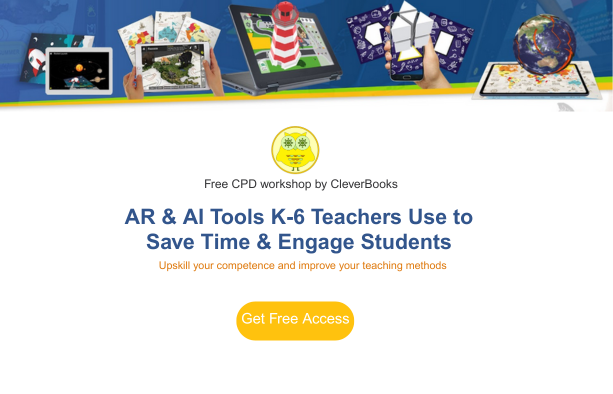One of the key goals of the International Baccalaureate (IB) Primary Years Programme (PYP) is to nurture international-mindedness—the ability of students to understand and respect different cultures, perspectives, and global challenges.
While books, videos, and classroom discussions provide valuable insights, many concepts about the world can feel distant to young learners. This is where augmented reality (AR) becomes a powerful tool. AR brings diverse places, cultures, and experiences into the classroom, making international-mindedness tangible and inspiring.
Why International-Mindedness Matters in the PYP
- Global Citizenship: Students are encouraged to see themselves as part of a larger world, with responsibilities that extend beyond their local community.
- Empathy and Perspective-Taking: Understanding others’ experiences helps foster respect, tolerance, and compassion.
- Inquiry and Action: PYP emphasizes taking meaningful action based on learning; international-mindedness motivates students to contribute positively to global issues.
How AR Brings the World Into the Classroom
1. Virtual Field Trips to Global Landmarks
Through AR maps and 3D visualizations, students can explore continents, countries, landmarks, and natural environments. They gain a clearer sense of the world’s diversity—its landscapes, people, and interconnected systems
2. Discovering Global Heritage and Natural Environments
AR tools allow learners to view world monuments, geographical formations, and ecosystems in 3D, helping them connect what they learn in class with real locations across the globe. By observing how mountains, rivers, and habitats differ from place to place, students develop an appreciation for both cultural and environmental diversity.
3. Building Spatial Awareness and Understanding Global Systems
With interactive 3D models, students can rotate, zoom, and explore objects or maps from different perspectives, deepening their understanding of how the world is organized. Whether identifying continents and oceans, exploring weather patterns, or examining how natural processes shape our planet, AR helps make abstract global concepts more concrete and engaging.
4. Language and Communication Connections
Students can label objects, maps, or environments in different languages, reinforcing the IB’s multilingual focus and promoting intercultural understanding.
Classroom Example: Grade 5 “Sharing the Planet”
Students investigating sustainability explored a virtual rainforest through CleverBooks’ Augmented Classroom. They observed how deforestation affects biodiversity and then created AR projects proposing sustainable solutions.
- Outcome: Learners made real-world connections between environmental issues and their own responsibilities as global citizens.
Teacher Benefits
- Engagement: Students are more motivated to explore global contexts when they feel “present” in them.
- Scaffolding Inquiry: AR supports students in asking deeper questions, connecting concepts, and taking action.
- Differentiation: Visual, interactive content makes global topics accessible to diverse learners.
International-mindedness is at the heart of the PYP, and AR provides a powerful way to nurture it. By bringing the world directly into the classroom, educators help students develop curiosity, empathy, and responsibility as global citizens.
With augmented reality, young learners not only study the world—they experience it.

